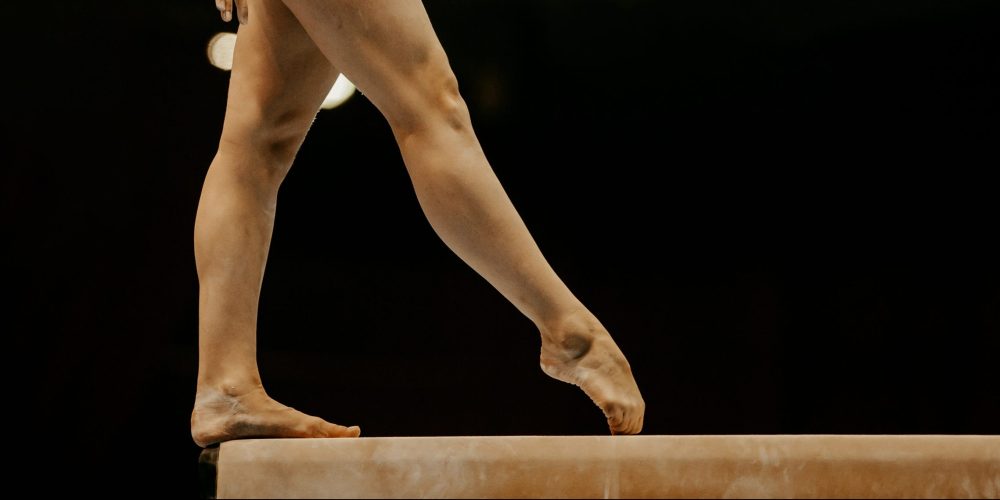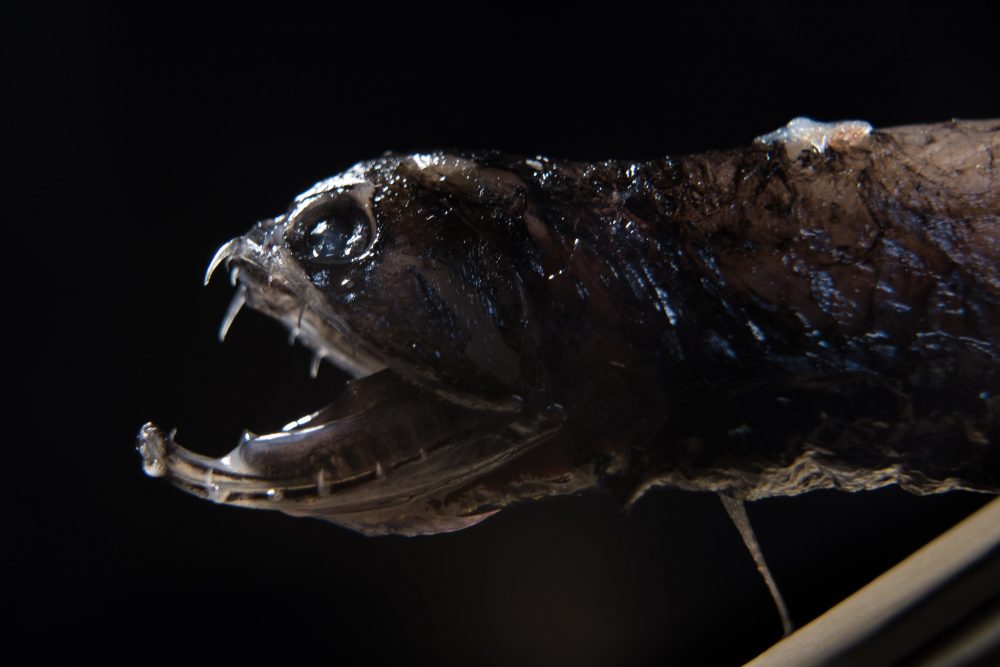
Dr Stuart Burgess has held academic posts at Bristol University (UK), Cambridge University (UK), and Liberty University (USA). He has published over 180 scientific publications on the science of design in engineering and biology. In the last two Olympics he was the lead transmission designer for the British Olympic Cycling Team, helping them on both occasions to be ranked in first place for track cycling. For the last two decades his gearboxes have been used successfully on all the large earth-observation satellites of the European Space Agency. He has received many national and international awards for design, including from the Minister of State for Trade and Industry in the UK. In 2019 he was given the top mechanical engineer award in the UK out of 120,000 professional mechanical engineers.
Archives


Human Skeletal Joints—Engineering Masterpieces, Pt. 2

Why Human Skeletal Joints Are Engineering Masterpieces, Pt. 1

Jaw Dropping: Nature’s Irreducibly Complex Linkage Mechanisms
